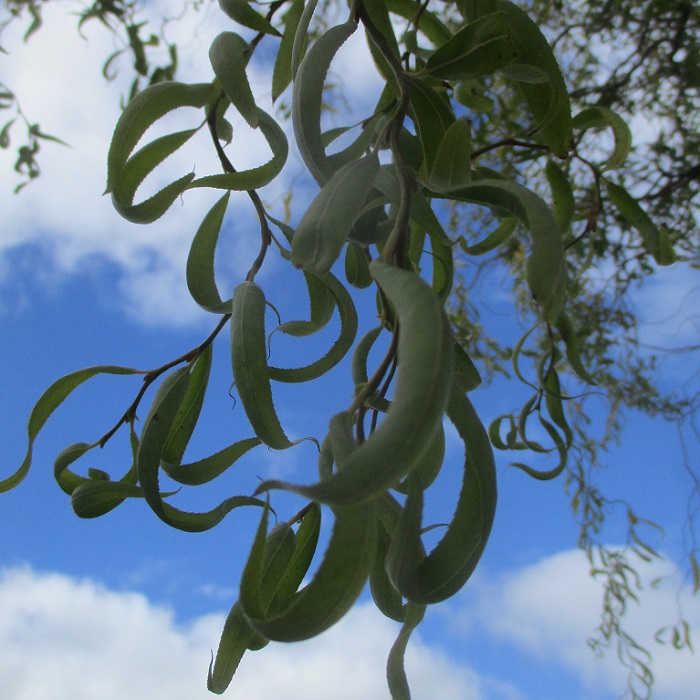UNITED STATES—Arborists are horticulturists. They just happen to be more specialized than most. Many or most other horticulturists work with flora that they engage from the ground. Arborists work exclusively with trees. Some must leave the ground to do so. The most experienced and educated arborists are those certified by the International Society of Arboriculture or ISA.
ISA certification requires an arborist to pass an examination of arboricultural proficiency. Continued participation with ISA endorsed classes, workshops or seminars is necessary to maintain certification afterward. Arboricultural industries are demanding, with stringent professional standards. Certification with such industries is correspondingly demanding.
General information about the International Society of Arboriculture is available online at isa-arbor.com. This site, although designed for arboricultural professionals, is informative also for those who must procure the services of an arborist. The directory of ISA certified arborists can identify local arborists, as well as the tree services with which they affiliate.
There is a timely reason for this concern about arborists.
Although arboriculture is pertinent throughout the year, it seems to become more so with the first storms of autumn. Some trees prefer dormant pruning during winter. Others might perform best after summer pruning. Various trees have various preferences. Regardless, the need for arboriculture becomes apparent as weather breaks limbs and uproots trees.
Trees are innately the most substantial and relatively permanent plants in home gardens and landscapes. Unlike annuals and some perennials, trees are not disposable, or easy to remove if they become too problematic. Many eventually get too big for those who are not experienced arborists to engage. That is why too many trees need professional help.
Many municipalities require permits for the removal of significant trees. Inspection by ISA certified arborists, and associated reports, are generally prerequisites for the issuance of these removal permits. Some municipalities are more protective of trees than others. ISA certified arborists try to be familiar with the ordinances of the various municipalities in which they work.
Highlight: Curly Willow
They start out simply enough, as weirdly twisted bare stems in fancy floral arrangements. By the time the last flowers fade, the submerged parts of these bare stems develop roots and perhaps leaves. These now rooted cuttings then graduate into pots or gardens. Most curly willow, Salix matsudana ‘Tortuosa’, is therefore unplanned. It is rare from nurseries.
Mature trees should not get much taller than 15 feet, with awkwardly irregular branch structure. Regular pruning and grooming eliminates congested and structurally deficient growth. Alternatively, pollarding or coppicing during winter dormancy promotes vigorous growth. Healthy trees can drop overburdened limbs, and might live for only 20 years.
Curly willow, which is also corkscrew willow, is popular more for distinctively curly stems than as a small deciduous shade tree. Specimens that provide such stems for cutting do not need to be very big. If cut and dried while dormant during winter, stems can not grow roots in water. Nor will they require plucking to remove their leaves, which are also curly.
Horticulturist Tony Tomeo can be contacted at tonytomeo.com.




